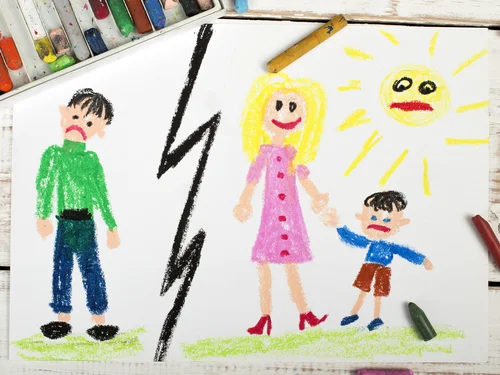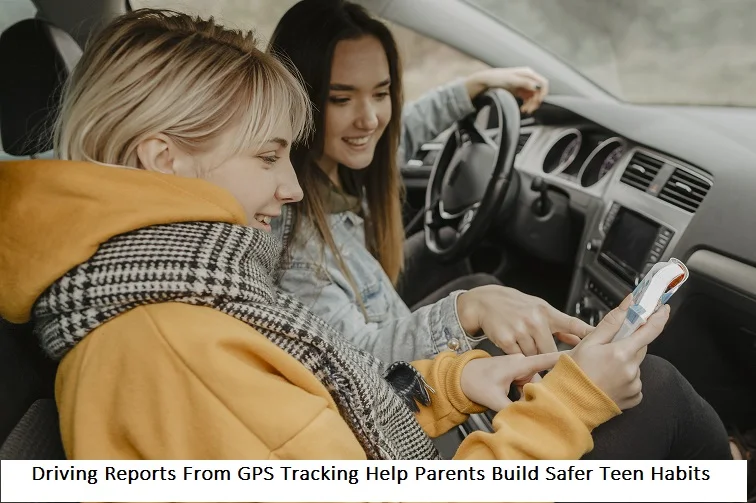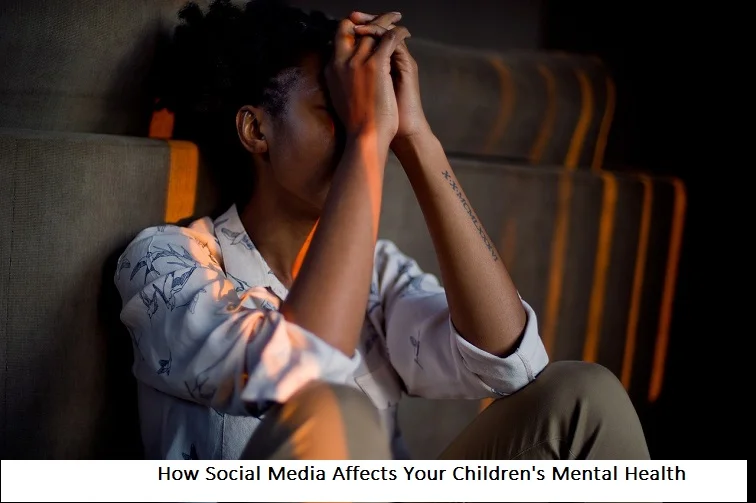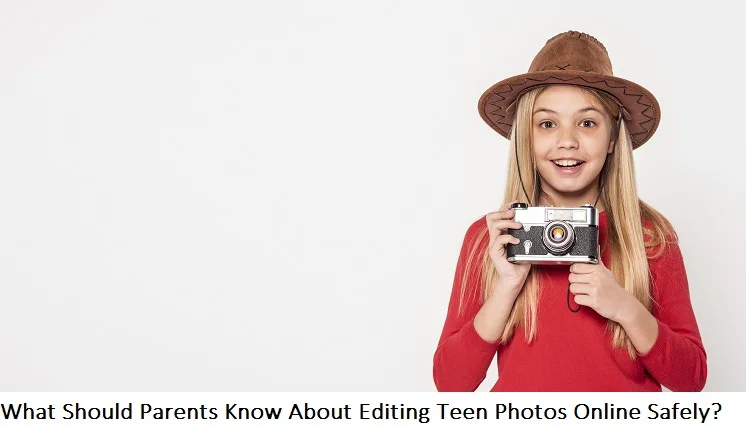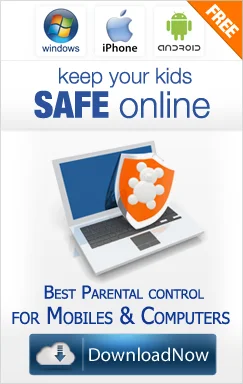+1 845 259 2974 (11 a.m to 7 p.m CST)
How Content Filtering Works on SecureTeen
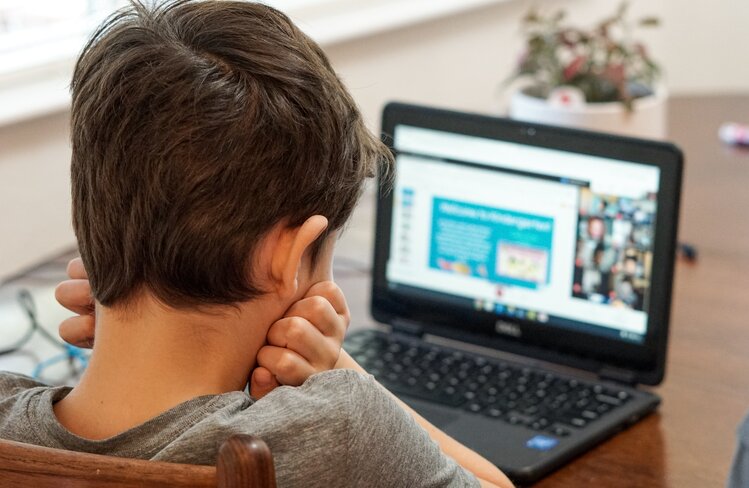
Content filtering on SecureTeen works by allowing parents to control and restrict access to inappropriate or unwanted websites and content on their children's devices. Here's an overview of how content filtering works:
Website Categories
SecureTeen maintains a comprehensive database of websites categorized based on their content, such as adult content, gambling, violence, or drugs. These categories help parents easily identify and block specific types of websites.
Blacklisting and Whitelisting
Parents have the ability to create a blacklist or whitelist of websites. The blacklist contains specific websites that they want to block, while the whitelist consists of approved websites that are allowed for access. This gives parents flexibility in customizing the filtering settings according to their requirements.
Real-time Analysis
SecureTeen uses advanced algorithms to analyze web page content in real-time. It scans the text, images, and other elements on a webpage to determine if it falls within the restricted categories or violates the defined filtering rules.
Dynamic Blocking
When a child tries to access a webpage, SecureTeen quickly compares the URL or content against its database and the parent-defined filtering rules. If the webpage is flagged as inappropriate or violates the filtering criteria, SecureTeen blocks access to that page, displaying a notification or a predefined message explaining why the access was denied.
Customization and Settings
SecureTeen allows parents to customize the filtering settings based on their preferences. They can choose specific categories to block or allow, set filtering sensitivity levels, and even block or allow individual websites based on their URL.
Reporting and Alerts
SecureTeen provides detailed reports and alerts to parents, informing them about their child's online activities, including attempts to access blocked websites. This helps parents stay informed and take appropriate actions if necessary.
It's important to note that while SecureTeen uses advanced technology to filter and block inappropriate content, it may not be 100% foolproof. Parental supervision and open communication with children about responsible internet usage are still crucial for ensuring their safety online.









